What Is Cooking Sake?
Cooking sake also known as ryorishu in Japanese is a type of Japanese sake specifically made for cooking. Unlike regular sake (known as nihonshu), cooking sake contains added ingredients like salt and sometimes grain alcohol or corn syrup. These additions enhance its culinary benefits helping to tenderize meats, eliminate strong odors, and infuse dishes with savory flavors.
Types of Cooking Sake
Cooking sake generally falls under the category known as futsu-shu a variety of sake made with minimally polished rice and enhanced by added alcohol for better preservation and flavor enhancement. Premium types known as tokutei meisho-shu may be used for cooking especially in gourmet settings. Artisan cooking sake often uses premium rice varieties, such as Yamada Nishiki which are prized for their refined flavor and nutritional quality.
Cooking Sake vs. Drinking Sake and Mirin
While drinking sake (nihonshu) is pure, smooth, and free from additives cooking sake on the other hand contains added salt to clearly differentiate it under Japan's Liquor Tax Act. Mirin which is another popular Japanese cooking condiment differs from cooking sake with its higher sugar content and lower alcohol percentage. Chefs choose cooking sake or mirin based on their specific recipe needs using cooking sake to enhance umami and mirin to add sweetness.
How Cooking Sake Is Made
Crafting cooking sake involves carefully controlled fermentation of premium sake rice combined with pure natural spring water. Master artisans manage the koji malt fermentation, adding salt or other preservatives at later stages to stabilize the product and enhance flavor.

Nutrition and Safety Information
Cooking sake is packed with beneficial nutrients such as amino acids, notably glutamic acid, antioxidants, and minimal carbohydrates. However, given its salt and alcohol content it's essential to briefly boil cooking sake to evaporate alcohol, especially if cooking for children or individuals sensitive to sodium.
Storage and Handling
To maintain its quality, store cooking sake in a cool, dark place, ideally in glass containers. Proper storage preserves the distinctive umami flavor and aroma. Artisan cooking sake sometimes aged up to three years, will retain its optimal flavor and nutritional benefits when correctly handled.
Best Substitutes for Cooking Sake
If cooking sake isn't available you can always substitute regular drinking sake with a pinch of salt, diluted mirin, or flavorful dashi stock. These alternatives replicate the flavor-enhancing qualities of cooking sake reasonably well but genuine cooking sake remains unmatched for authenticity and depth of flavor profile.
Enhance Your Dishes with Cooking Sake
Cooking sake significantly improves the taste, texture, and aroma of various dishes. It’s ideal for marinades, sauces, soups, and traditional simmered dishes (nimono).
Complement Your Culinary Journey with Artisan Japanese Ware
Elevate your culinary experience further with artisan-crafted Japanese tableware available at MyJapaneseWorld.com. Our handcrafted sake sets, serving dishes, and kitchenware beautifully complement dishes prepared with cooking sake while enhancing authenticity and presentation.




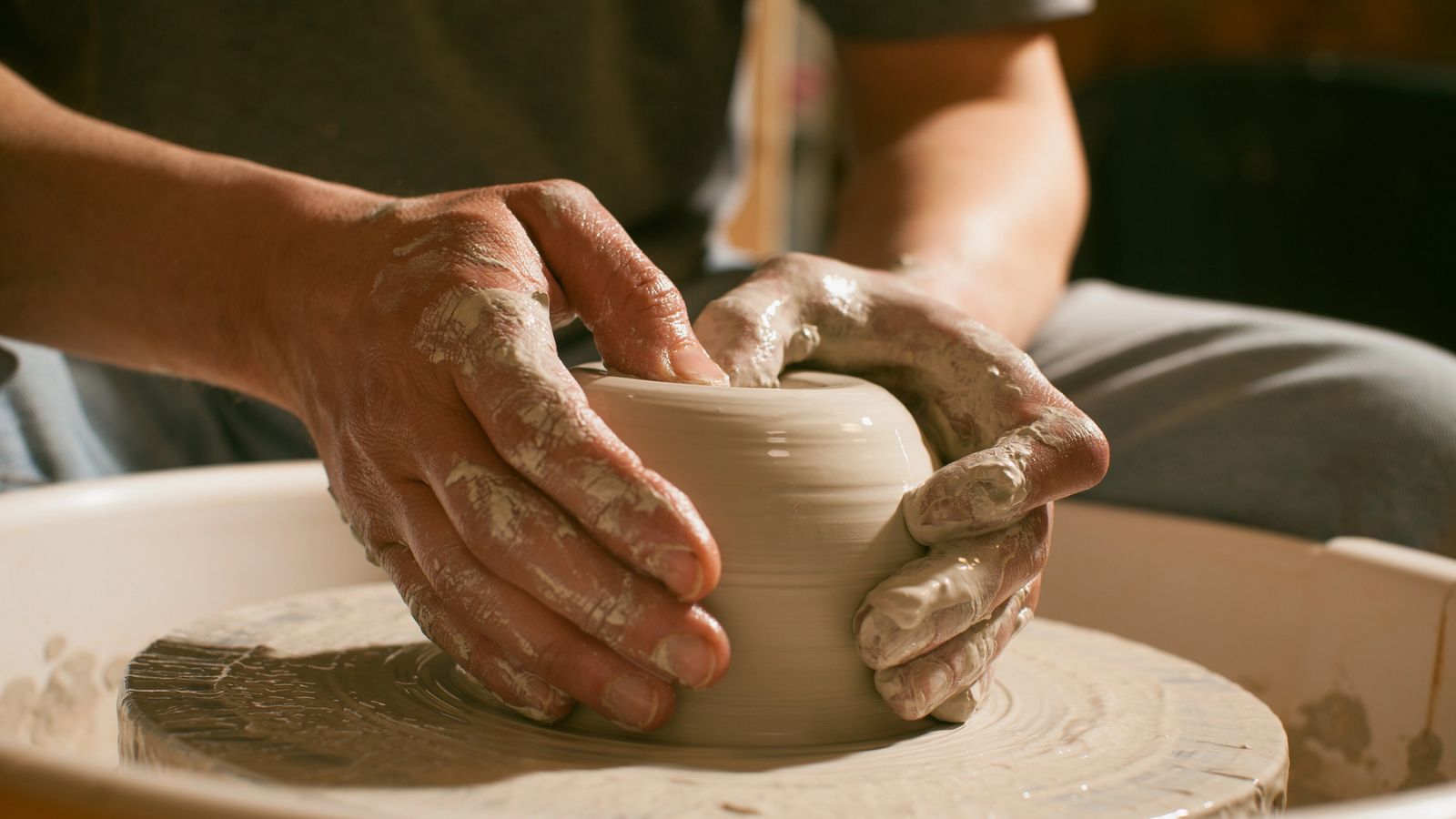




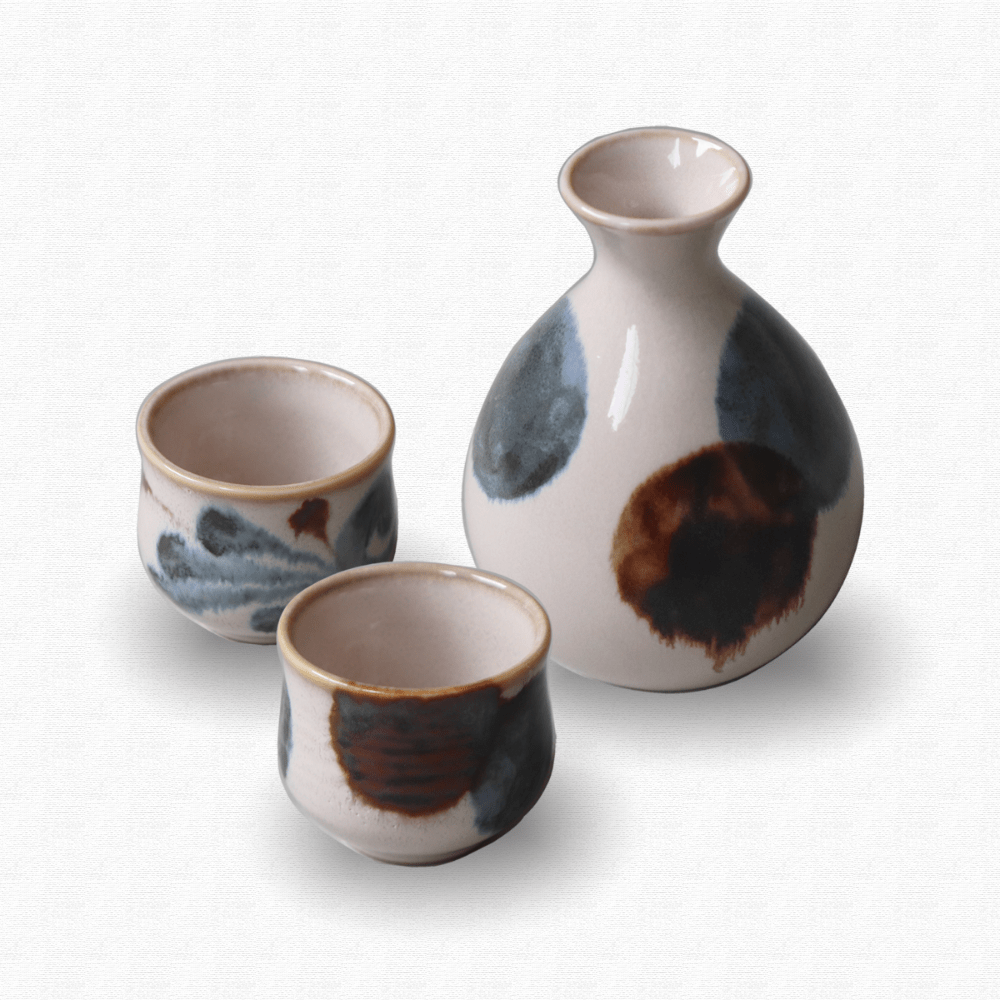
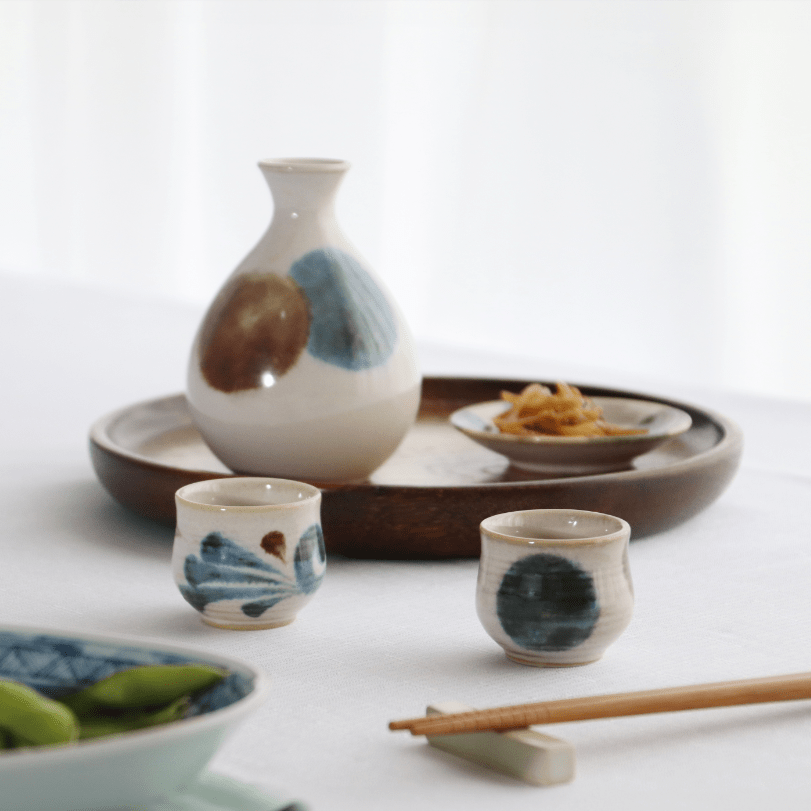
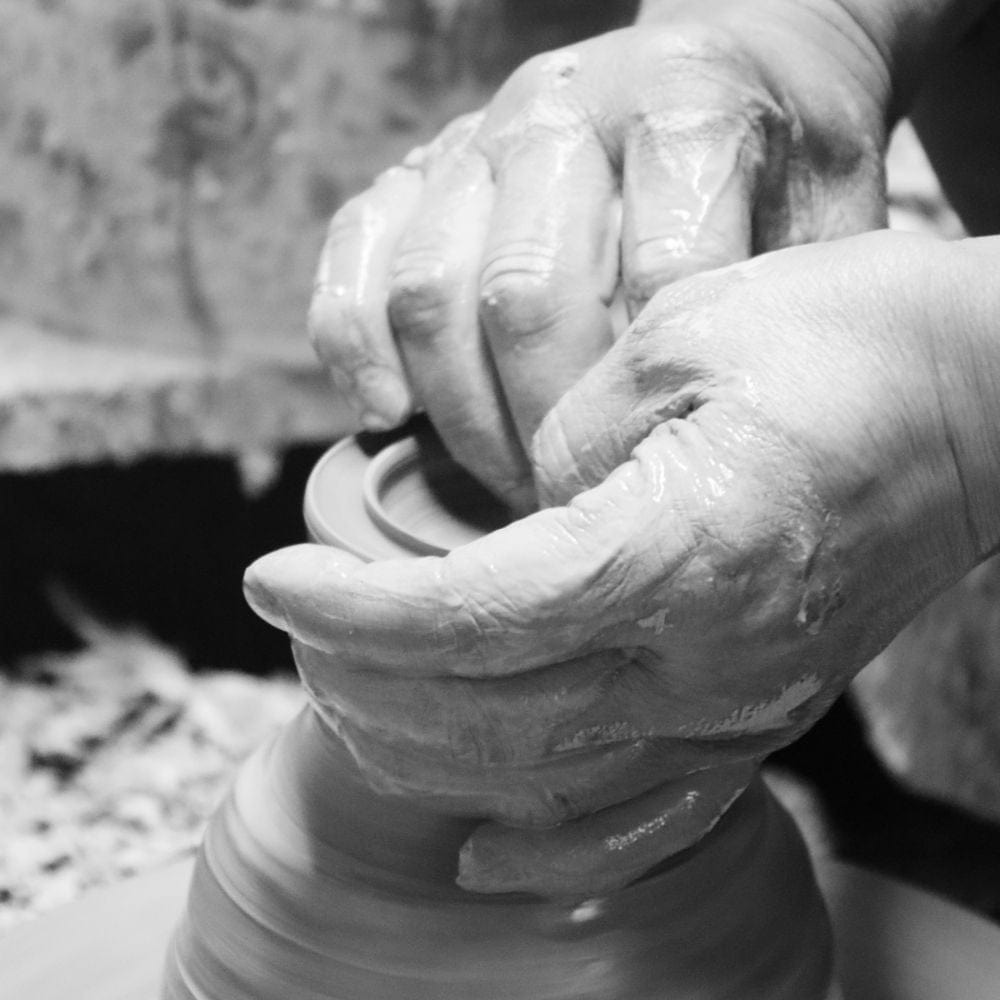
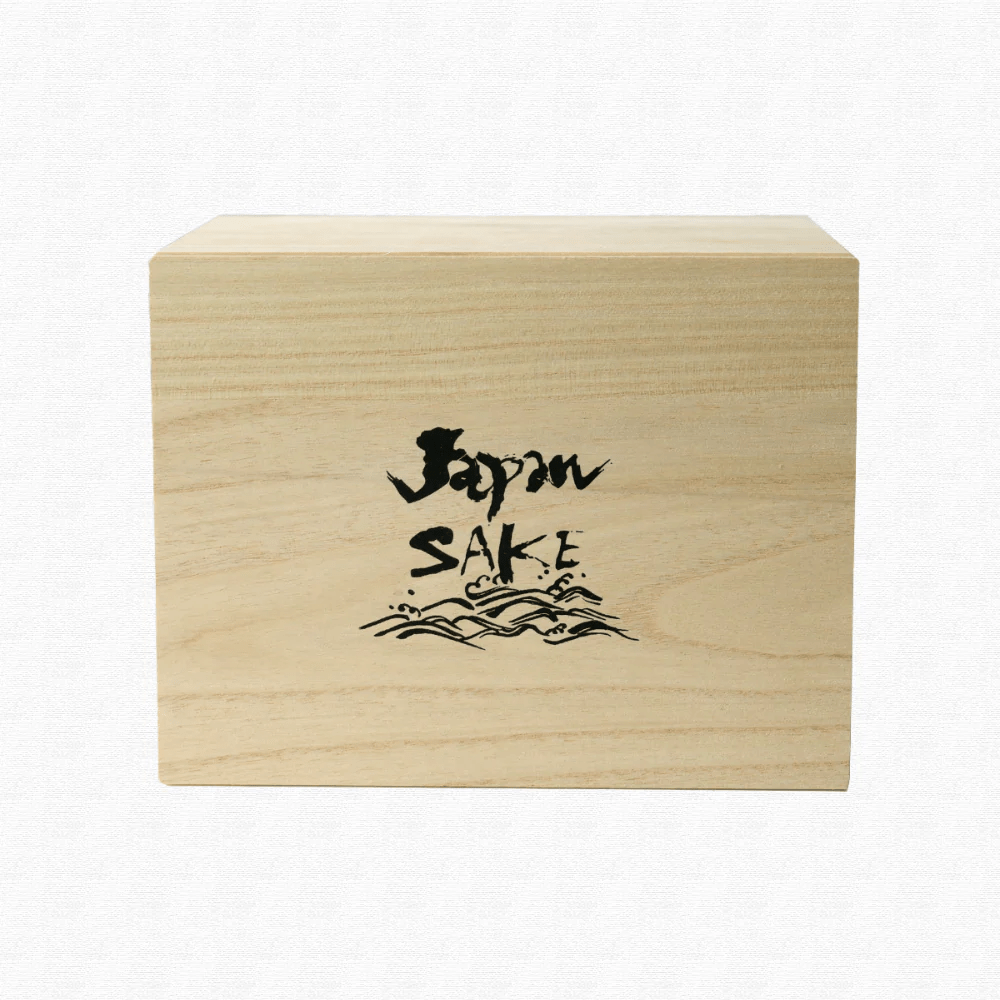

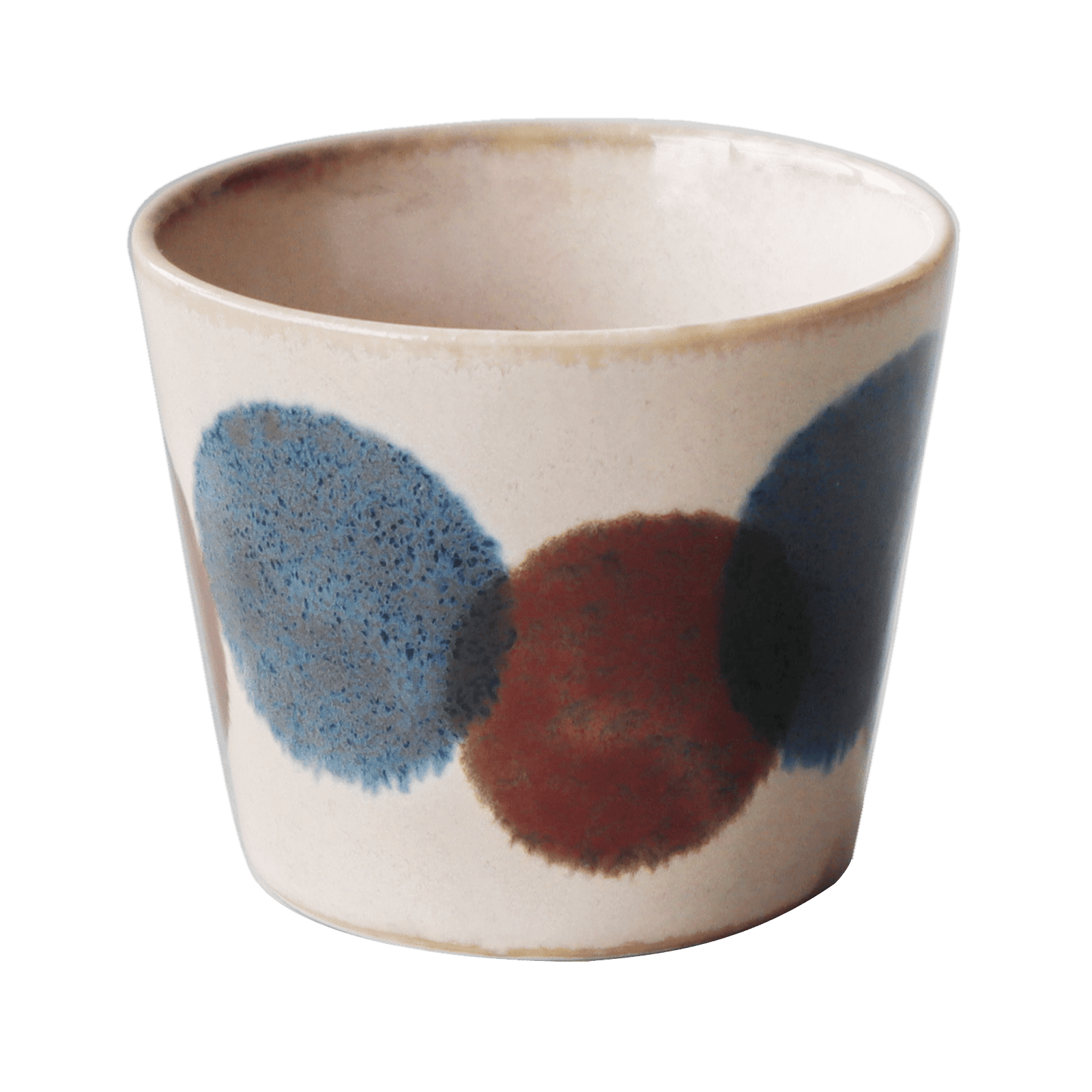
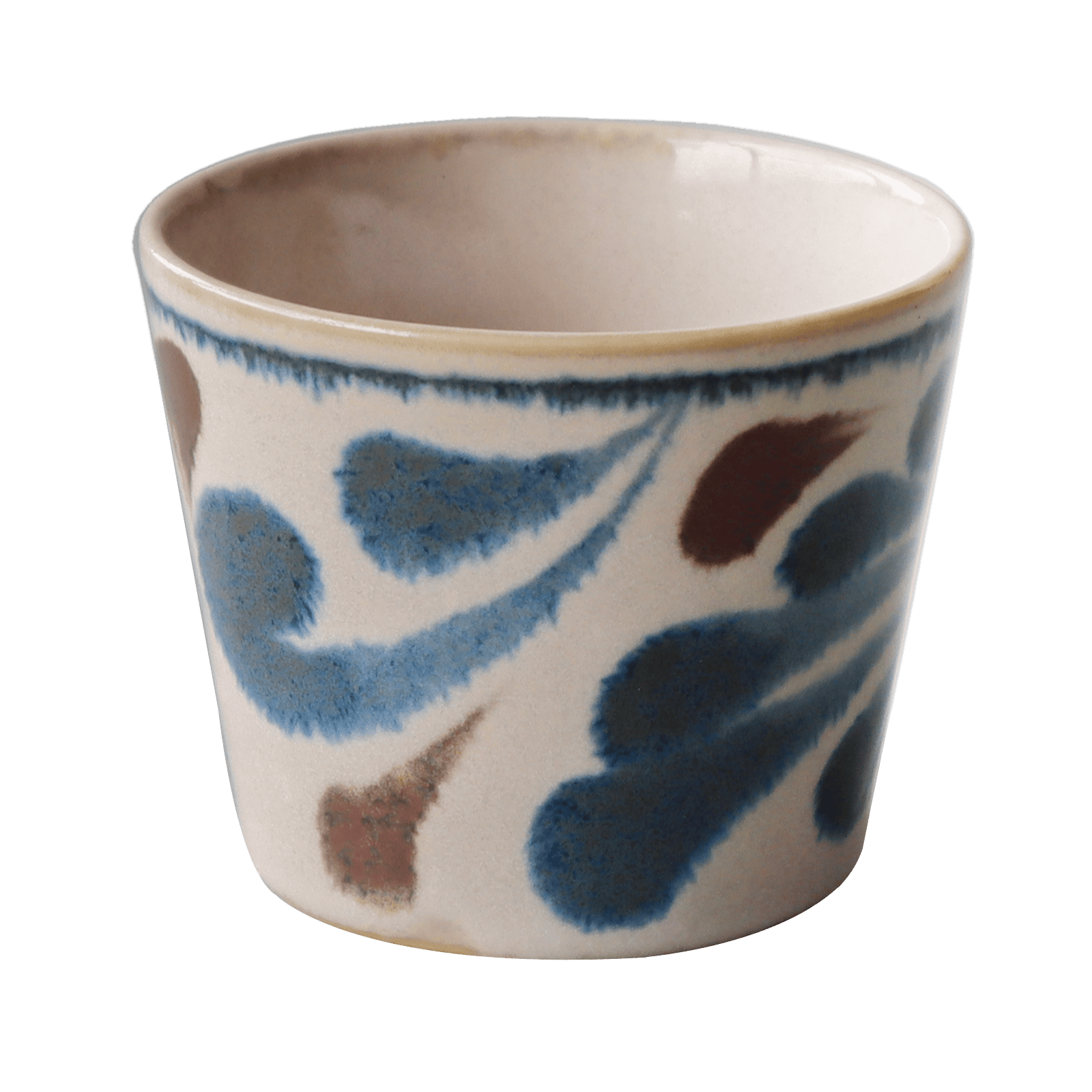
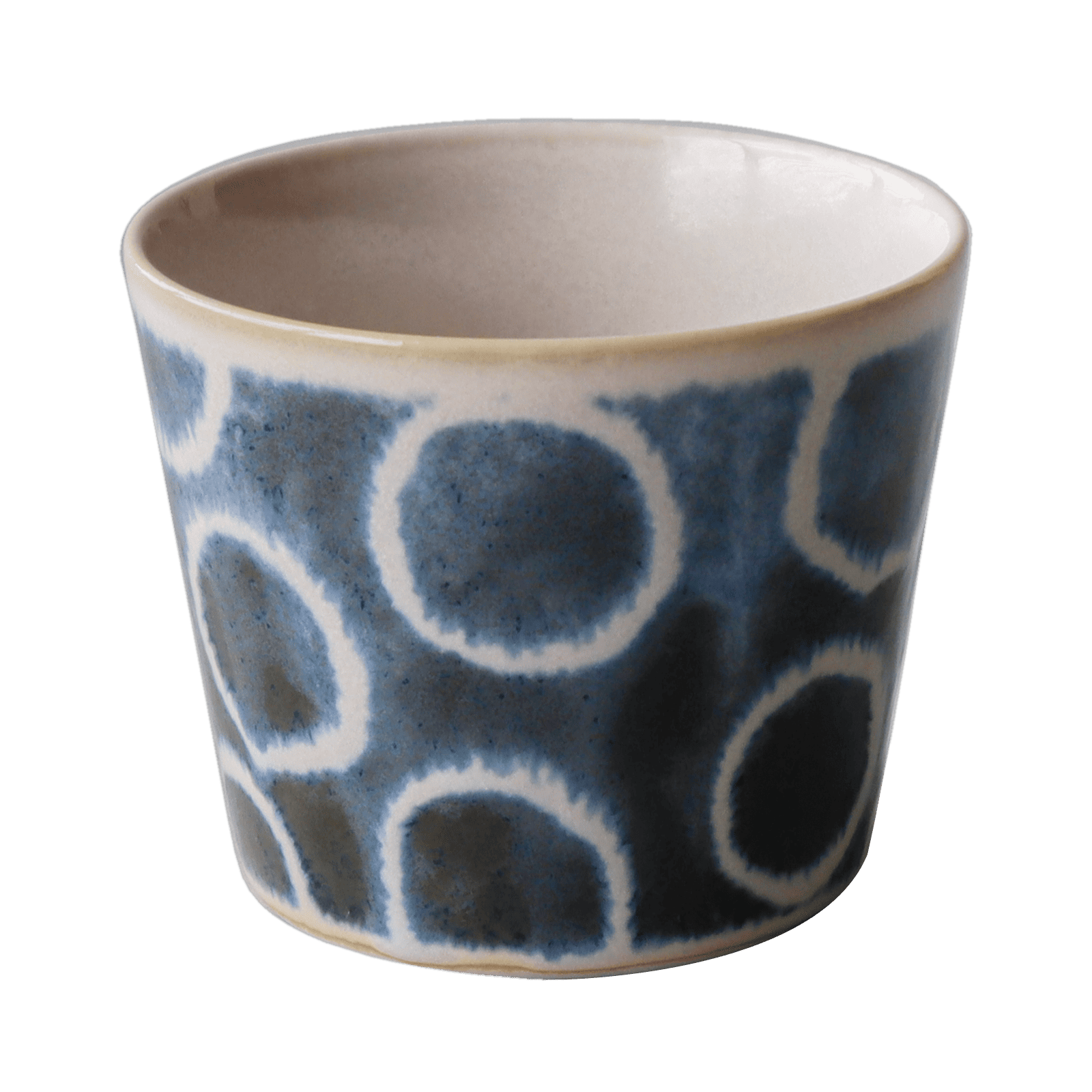
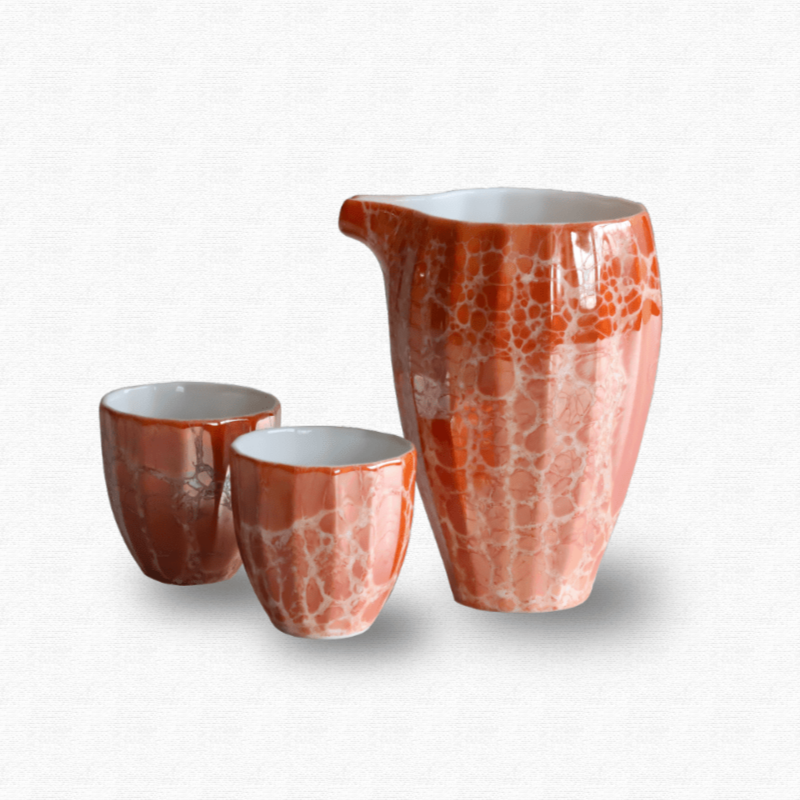
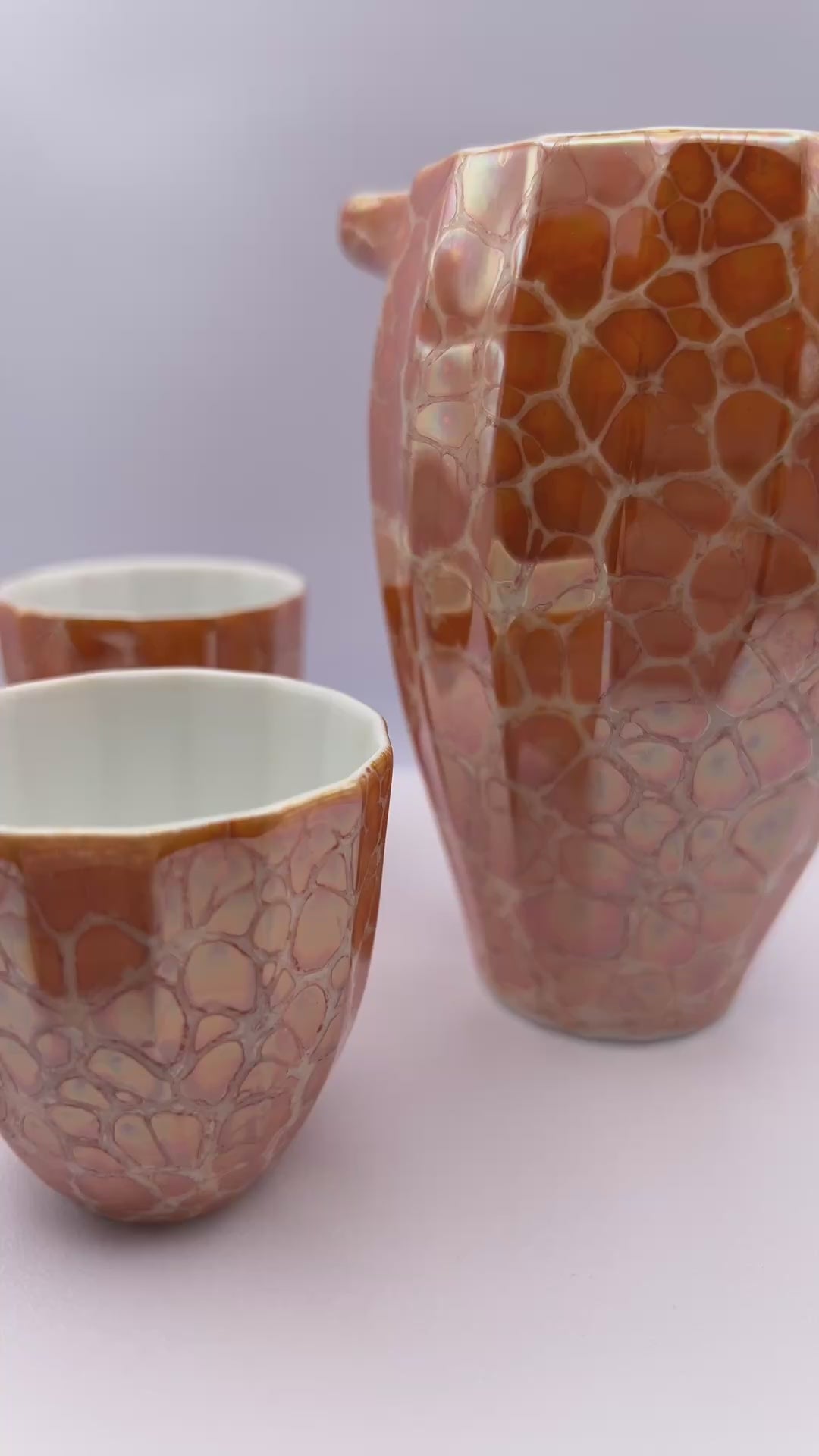
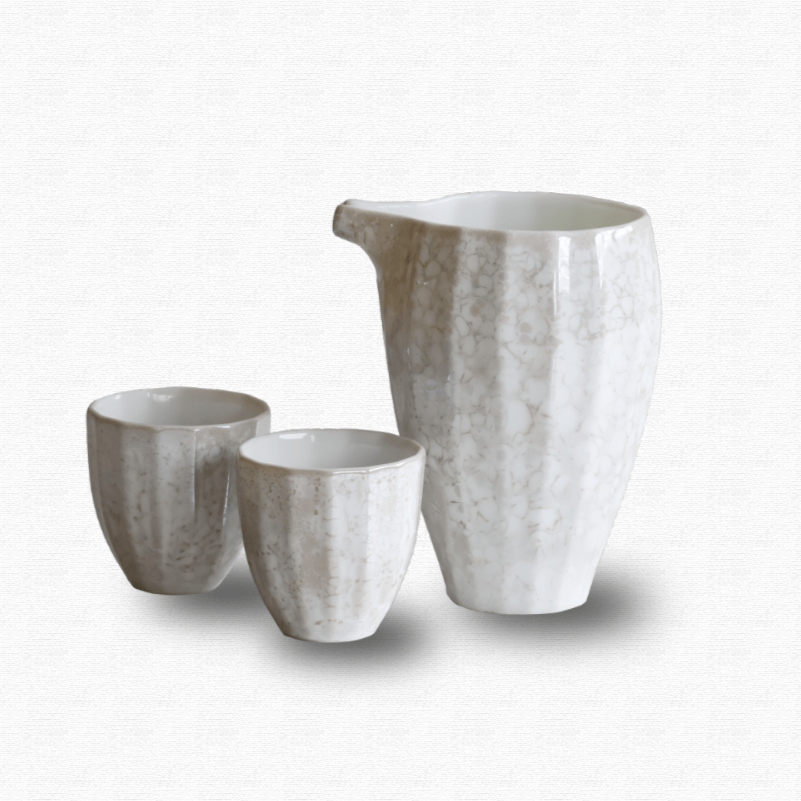
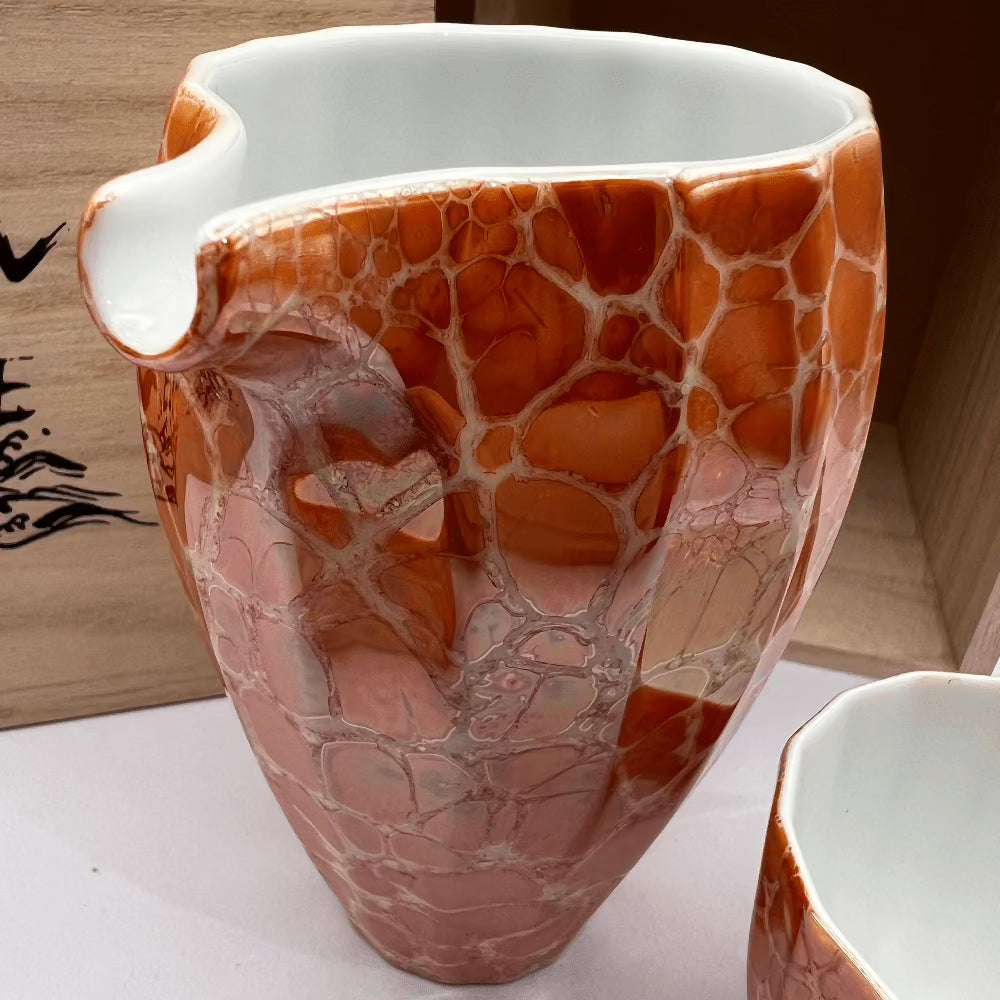
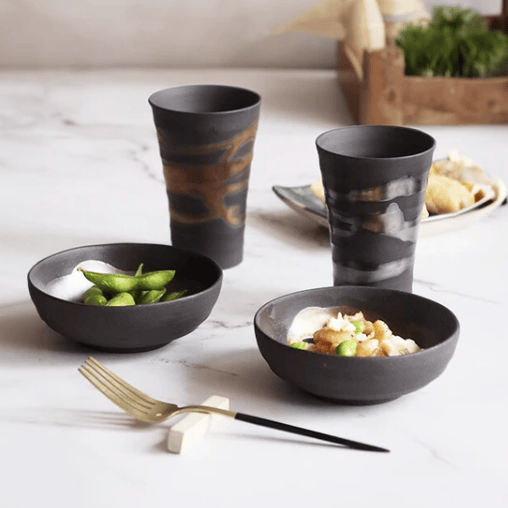
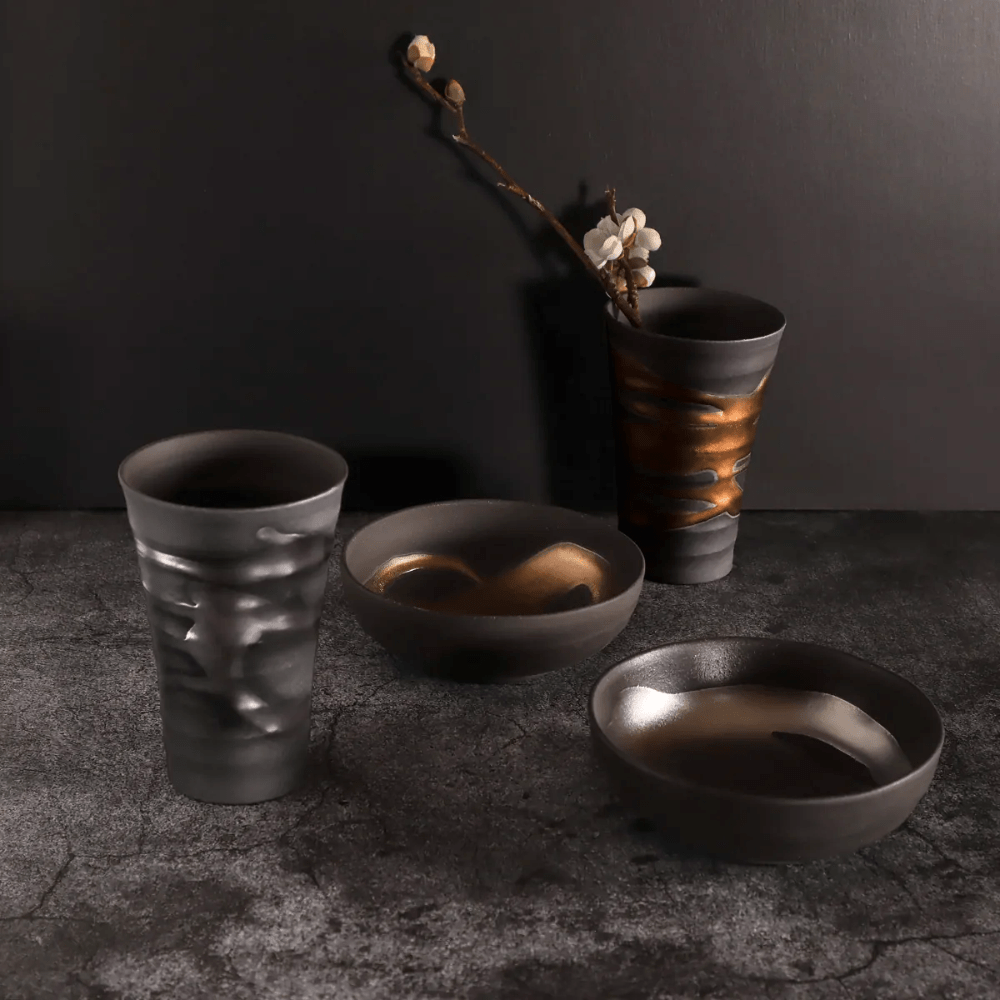
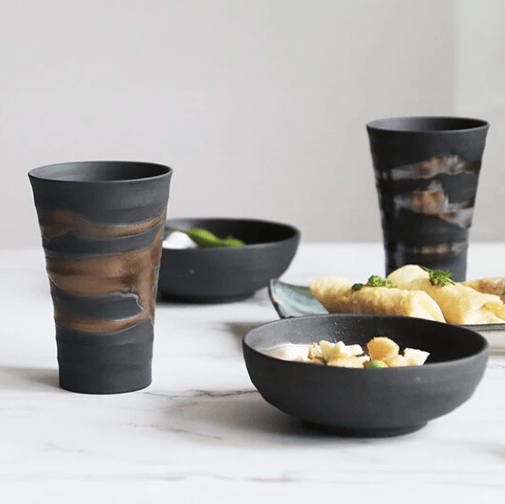

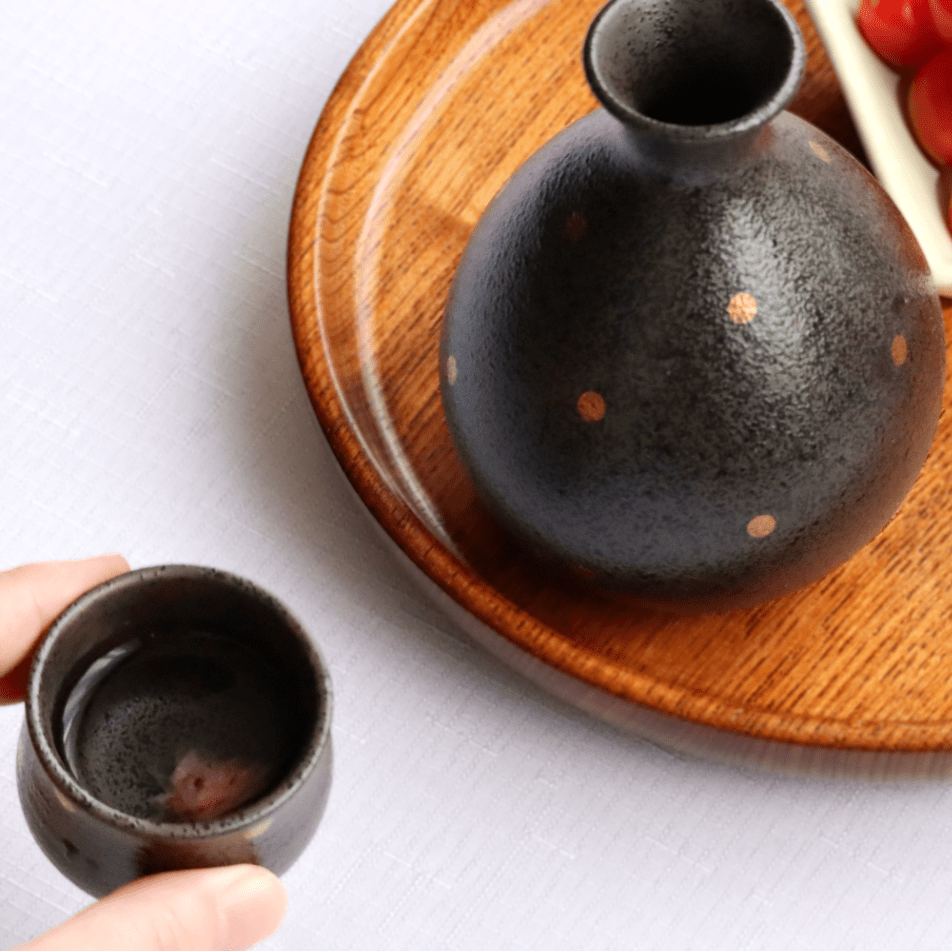
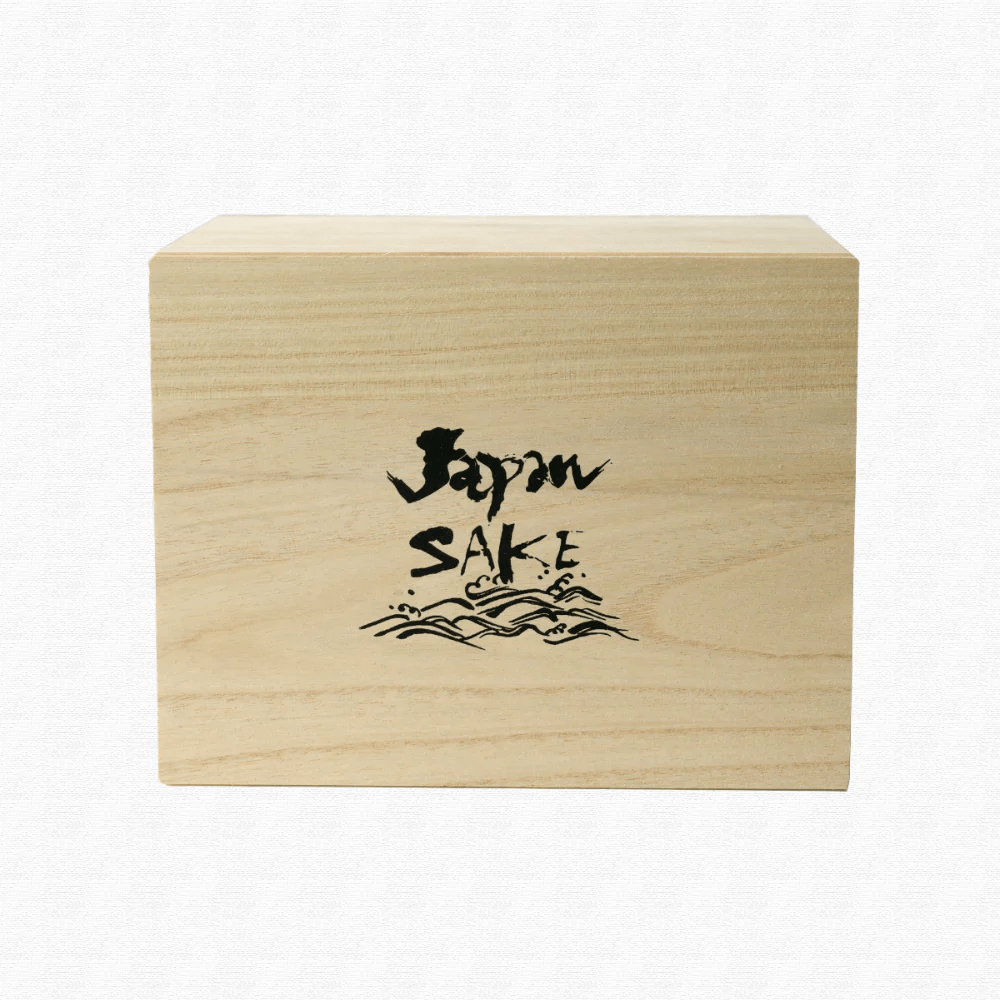

Share: